Ever caught your dog spinning in wild circles before flopping down for a nap? Or maybe your pup insists on “herding” your kids from room to room. These oddball habits aren’t just adorable—they’re rooted in your dog’s unique breed history. Living with dogs means embracing a world of hilarious surprises, quirky routines, and gestures that make us laugh, shake our heads, and sometimes wonder, “Why does she do that?” Let’s wander through some of the most entertaining dog breed quirks and how they shape our daily lives with our canine companions.
The Herding Dog Hustle
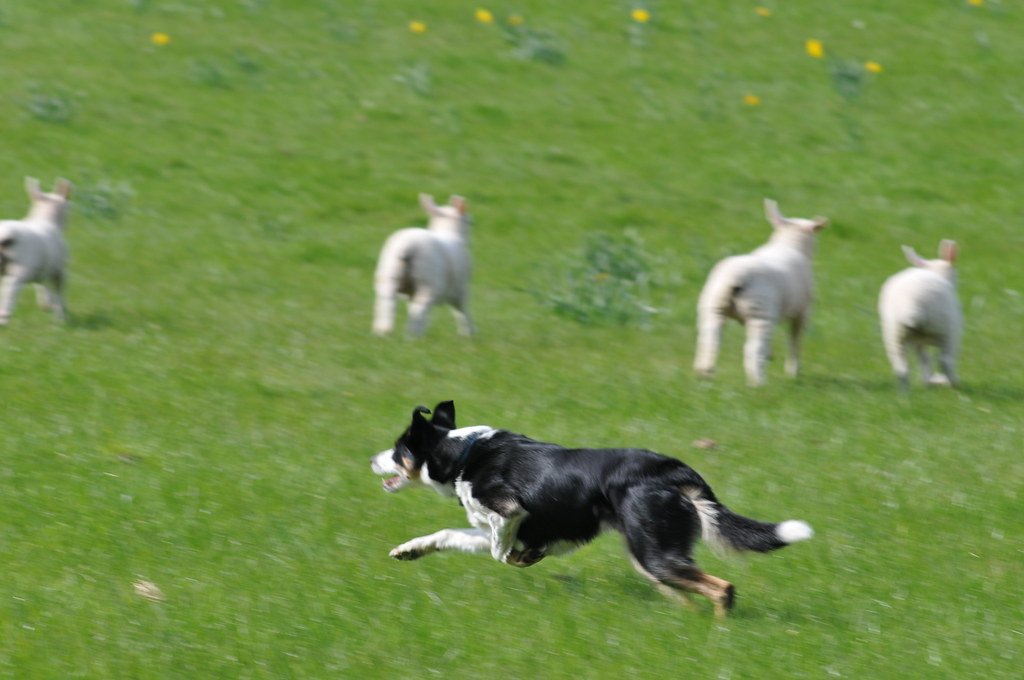
If you share your life with a Border Collie, Australian Shepherd, or Corgi, you know the drill—herding dogs are born to organize, corral, and keep order. You’ll spot their sharp eyes fixated on moving objects, be it a flock of sheep or your toddler zooming by. Many herding breeds will “nip” gently at ankles or circle the family to keep everyone together.
These behaviors aren’t signs of stubbornness; they’re deeply ingrained instincts. If your herder starts “rounding up” your guests or pets, try channeling that energy with puzzles, fetch games, or agility courses. Watch for excessive fixation or frustration, which may signal your dog needs more mental stimulation.
The Hound’s Nose Knows

Hounds like Beagles, Bloodhounds, and Basset Hounds have noses that never take a day off. Don’t be surprised if your hound seems oblivious to your calls but perks up instantly when a new scent wafts by. These dogs can follow a trail for hours, heads down, tails wagging, lost in a world of smells.
Scent-driven wandering is pure hound magic but can be risky near roads or open spaces. A sturdy leash and fenced yard are must-haves. If your hound’s sniffing becomes obsessive, introduce nose-work games at home to keep their minds—and noses—busy.
The Terrier Tenacity
Terriers, from feisty Jack Russells to sturdy Scottish Terriers, are famous for their boundless energy and “never give up” spirit. Digging, barking, and chasing small critters are hallmarks of this group. Your terrier might excavate the backyard or sound the alarm at every squirrel that dares cross its path.
These lively personalities thrive when given a job to do. Consider interactive toys, scent games, or even supervised digging zones to satisfy natural instincts. Watch for signs of frustration or over-arousal, such as excessive barking or chewing, and redirect with engaging activities.
The Retriever’s Joyful Job
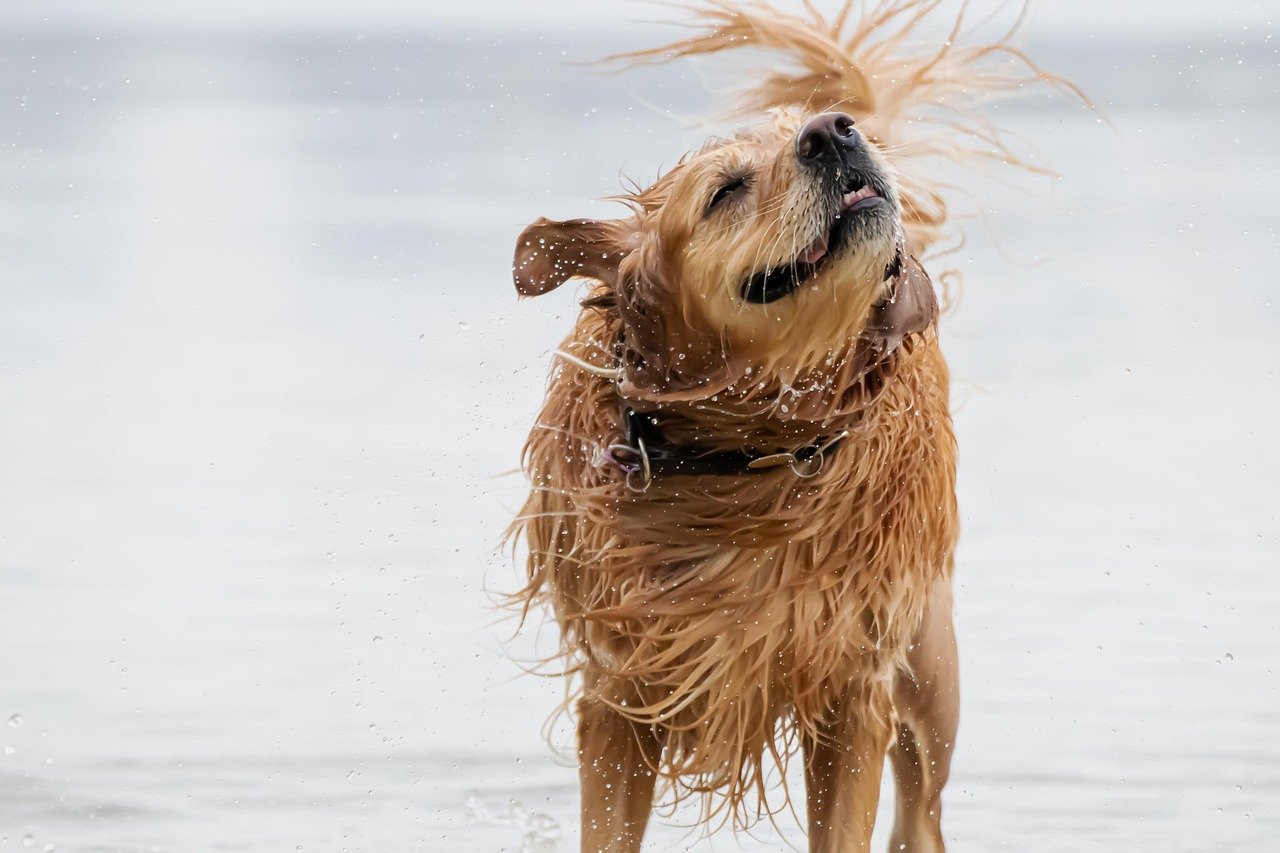
Retrievers—think Golden Retrievers and Labradors—are people pleasers who love carrying things in their mouths. From shoes to toys and yes, sometimes your remote control, retrievers adore having a “job.” You might wake up to find your retriever has lovingly gathered all your socks in one place.
This quirky behavior is rooted in their history as waterfowl retrievers. Encourage their helpfulness with fetch games and gentle training. If your retriever starts chewing or hoarding in a way that’s destructive, provide sturdy toys and teach a “trade” command for safe exchanges.
The Sighthound’s Sudden Sprints
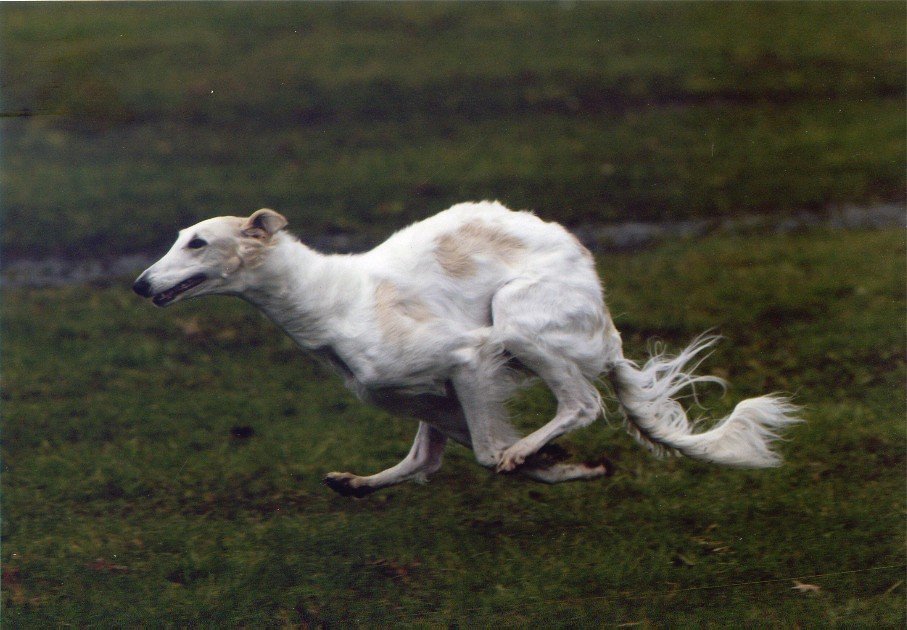
Greyhounds, Whippets, and Italian Greyhounds are built for speed—and their legendary “zoomies” can leave you laughing (or diving for cover!). These sighthounds love to sprint in sudden bursts, often racing around the yard or living room in joyous abandon.
Rather than trying to curb the zoomies, set aside safe spaces for your sighthound to run. Their lean bodies need soft bedding to prevent pressure sores, and watch for thin skin or minor injuries after play. If zoomies seem excessive, consult your vet to rule out underlying discomfort.
The Working Dog’s Need for Purpose
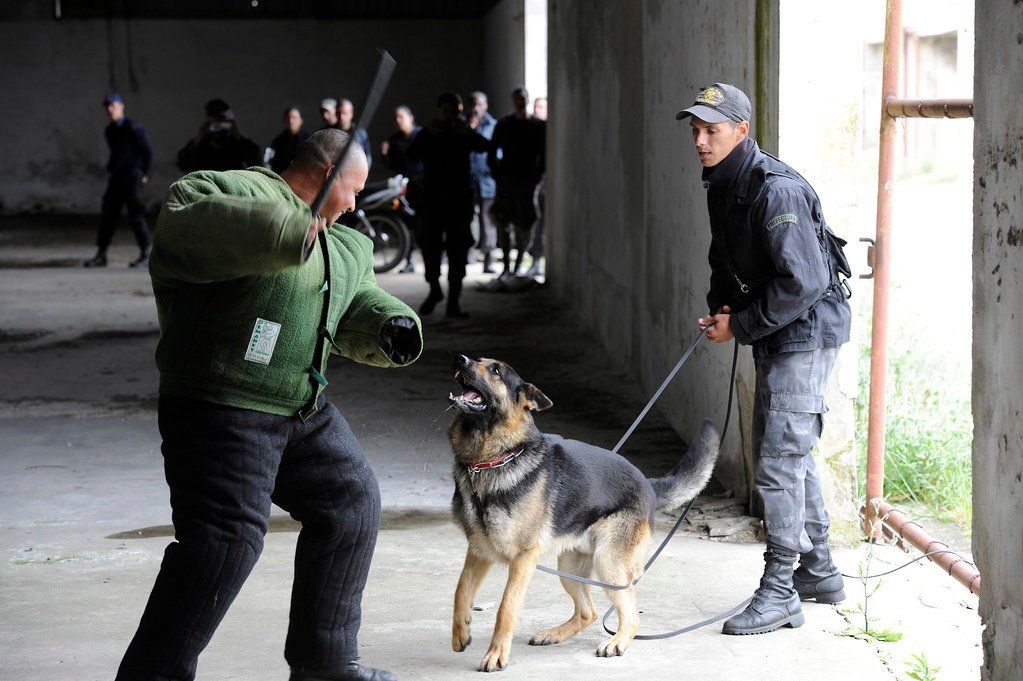
Breeds like Huskies, Malamutes, and Boxers are happiest when they have a job. Without enough physical and mental challenge, working dogs can invent their own “projects”—think couch destruction or attempting to “dig to China” in your garden.
Daily exercise and structured activities like hiking, canicross, or obedience work help channel their drive. Watch out for signs of boredom: pacing, chewing, or excessive vocalizing. Rotate toys and games to keep things fresh and interesting for your tireless worker.
The Lapdog’s Loyal Shadow
Small companions like Chihuahuas, Pomeranians, and Maltese often act as tiny shadows, following you from room to room. These breeds thrive on close human contact and may become anxious if left alone too long. Some will “burrow” under blankets or insist on a front-row seat on your lap.
To keep your lapdog happy, offer cozy beds and safe spaces near you. Gradually build up alone time to prevent separation anxiety. If you notice clinginess turning into nervousness or barking, try calming routines and gentle reassurance.
The Guardian’s Watchful Heart
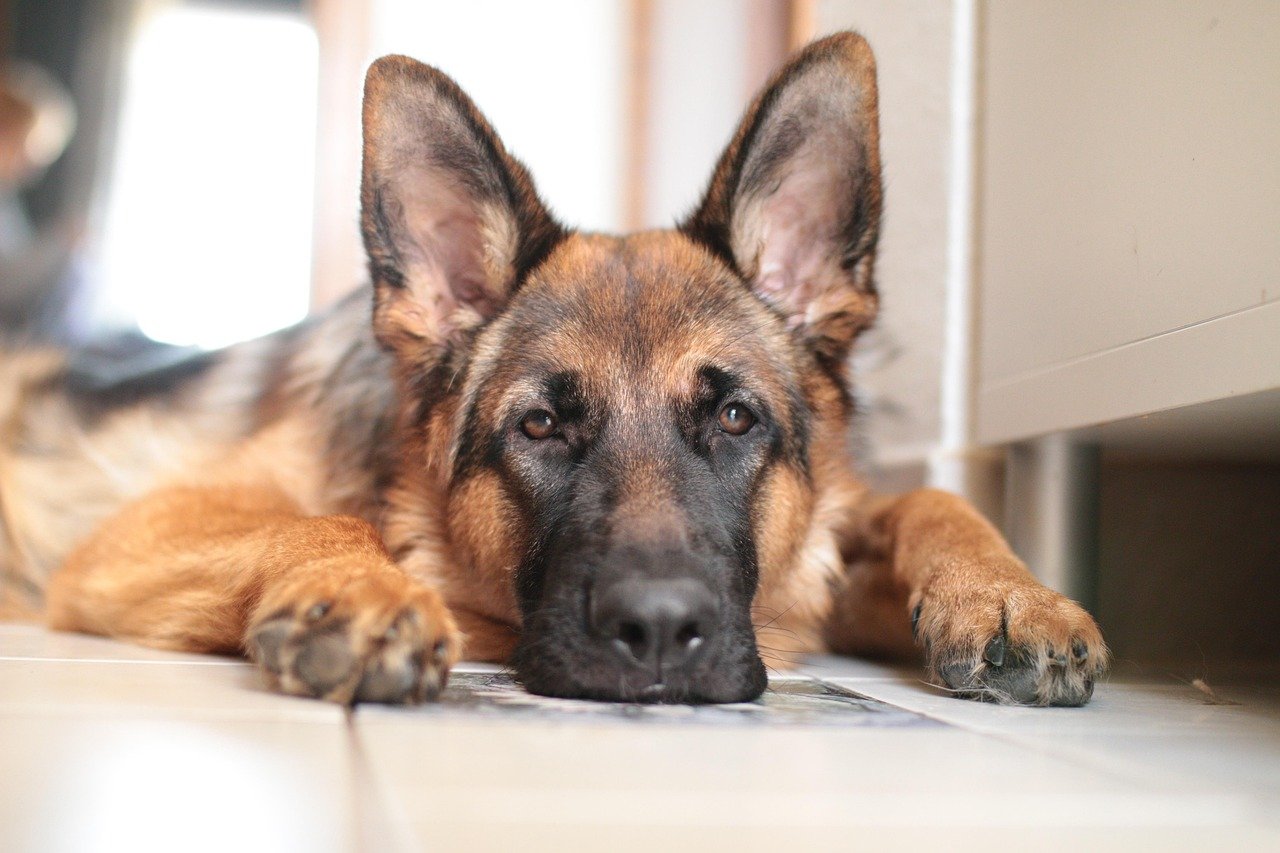
Guardian breeds like German Shepherds, Rottweilers, and Great Pyrenees are natural protectors. Their keen instincts mean they’ll alert you to every unfamiliar sound or visitor. While this loyalty is comforting, it can sometimes tip into overprotectiveness or suspicion of strangers.
Early socialization and positive training go a long way in building confidence and teaching appropriate boundaries. If your guardian breed shows signs of anxiety, such as pacing, whining, or guarding resources, seek guidance from a trainer experienced with protective breeds.
Jen is a passionate nature lover and ocean conservationist. She has dedicated her life to protecting the environment and preserving the beauty of the natural world. Growing up in a small coastal town, Jen sincerely appreciated the ocean and its inhabitants. She has spent countless hours exploring the shoreline, learning about the creatures that inhabit the waters, and advocating for their protection. Jen is an active member of ocean conservation organizations, and she is committed to educating the public about the importance of conserving wildlife and the natural environment.





